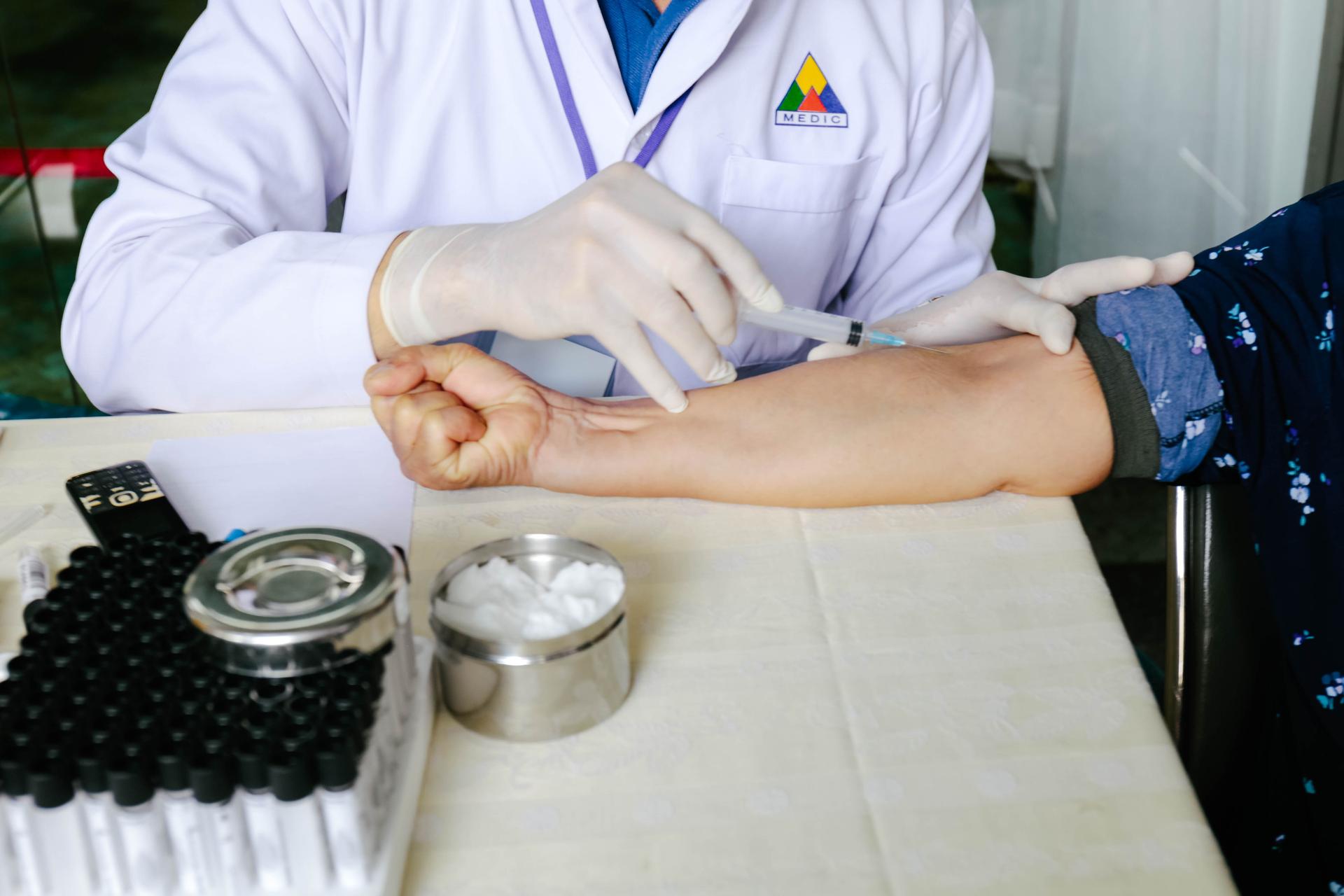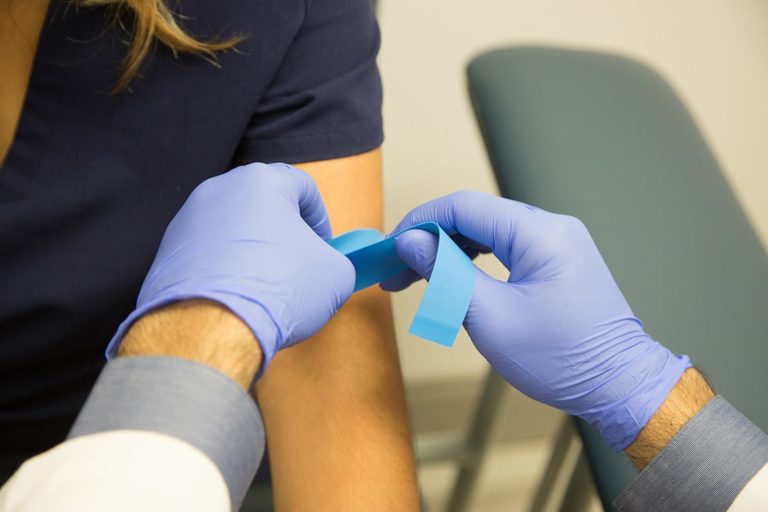Getting My Northeast Medical Institute - New Haven Campus Phlebotomy Course & Cna Class To Work
Getting My Northeast Medical Institute - New Haven Campus Phlebotomy Course & Cna Class To Work
Blog Article
The Ultimate Guide To Northeast Medical Institute - New Haven Campus Phlebotomy Course & Cna Class
Table of ContentsGetting The Northeast Medical Institute - New Haven Campus Phlebotomy Course & Cna Class To WorkNot known Factual Statements About Northeast Medical Institute - New Haven Campus Phlebotomy Course & Cna Class The Best Strategy To Use For Northeast Medical Institute - New Haven Campus Phlebotomy Course & Cna ClassSome Known Incorrect Statements About Northeast Medical Institute - New Haven Campus Phlebotomy Course & Cna Class An Unbiased View of Northeast Medical Institute - New Haven Campus Phlebotomy Course & Cna ClassNortheast Medical Institute - New Haven Campus Phlebotomy Course & Cna Class Fundamentals Explained
The usage of such gadgets must be come with by various other infection prevention and control practices, and training in their use.For settings with reduced sources, cost is a motoring factor in procurement of safety-engineered gadgets. Where safety-engineered tools are not offered, skilled use of a needle and syringe is appropriate.
Among the important pens of quality of care in phlebotomy is the participation and participation of the patient; this is mutually useful to both the health and wellness employee and the patient. Clear information either written or verbal ought to be available to each client who undergoes phlebotomy. Annex F offers sample message for explaining the blood-sampling procedure to a patient. In the blood-sampling space for an outpatient department or clinic, give a comfy reclining sofa with an arm rest.
All About Northeast Medical Institute - New Haven Campus Phlebotomy Course & Cna Class
Make certain that the indications for blood sampling are clearly specified, either in a created method or in documented directions (e.g. in a lab kind). Collect all the equipment needed for the treatment and place it within risk-free and very easy reach on a tray or trolley, making certain that all the items are plainly visible.
Where the individual is adult and mindful, adhere to the actions laid out listed below. Introduce yourself to the client, and ask the individual to specify their complete name. Check that the laboratory form matches the patient's identity (i.e. match the patient's details with the laboratory form, to ensure accurate identification). Ask whether the patent has allergic reactions, phobias or has actually ever before collapsed throughout previous shots or blood attracts.
Make the person comfortable in a supine placement (if feasible). The client has a right to decline a test at any kind of time before the blood tasting, so it is essential to ensure that the client has actually comprehended the treatment - PCT Classes.
Northeast Medical Institute - New Haven Campus Phlebotomy Course & Cna Class - The Facts
Extend the individual's arm and inspect the antecubital fossa or forearm. Find a blood vessel of an excellent size that shows up, straight and clear. The representation in Section 2.3, reveals typical placements of the vessels, yet many variations are possible. The mean cubital blood vessel exists in between muscles and is typically one of the most easy to puncture.
DO NOT place the needle where capillaries are diverting, since this enhances the possibility of a haematoma. The capillary ought to read more be visible without applying the tourniquet. Locating the vein will aid in identifying the appropriate size of needle. Apply the tourniquet about 45 finger widths above the venepuncture site and re-examine the vein.
Specimens from central lines carry a risk of contamination or incorrect laboratory test results. It is appropriate, yet not excellent, to attract blood specimens when first presenting an in-dwelling venous tool, before linking the cannula to the intravenous fluids.
Not known Details About Northeast Medical Institute - New Haven Campus Phlebotomy Course & Cna Class
Failure to permit enough get in touch with time enhances the threat of contamination. DO NOT touch the cleansed website; in specific, DO NOT position a finger over the blood vessel to guide the shaft of the subjected needle.
Ask the client to form a clenched fist so the blood vessels are more noticeable. Go into the vein quickly at a 30 level angle or much less, and continue to introduce the needle along the blood vessel at the most convenient angle of entrance - PCT Training. Once sufficient blood has actually been accumulated, release the tourniquet BEFORE withdrawing the needle
The Northeast Medical Institute - New Haven Campus Phlebotomy Course & Cna Class Statements
Withdraw the needle delicately and apply mild pressure to the website with a clean gauze or dry cotton-wool ball. Ask the client to hold the gauze or cotton wool in place, with the arm expanded and elevated. Ask the person NOT to bend the arm, due to the fact that doing so creates a haematoma.

Not known Incorrect Statements About Northeast Medical Institute - New Haven Campus Phlebotomy Course & Cna Class
Do not press the syringe plunger since additional stress enhances the danger of haemolysis. Where feasible, maintain televisions in a shelf and relocate the rack towards you. Infuse downwards into the appropriate coloured stopper. DO NOT eliminate the stopper since it will release the vacuum. If the sample tube does not have a rubber stopper, infuse very slowly into television as minimizing the pressure and velocity utilized to move the specimen minimizes the threat of haemolysis.

Report this page